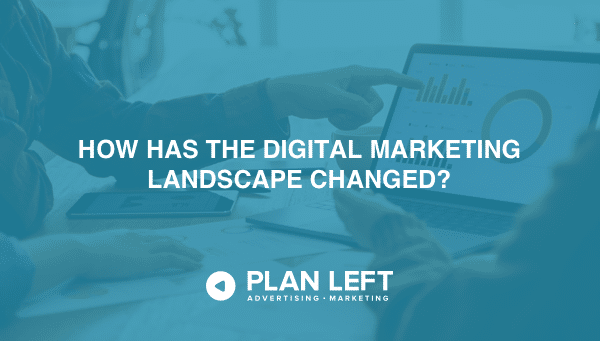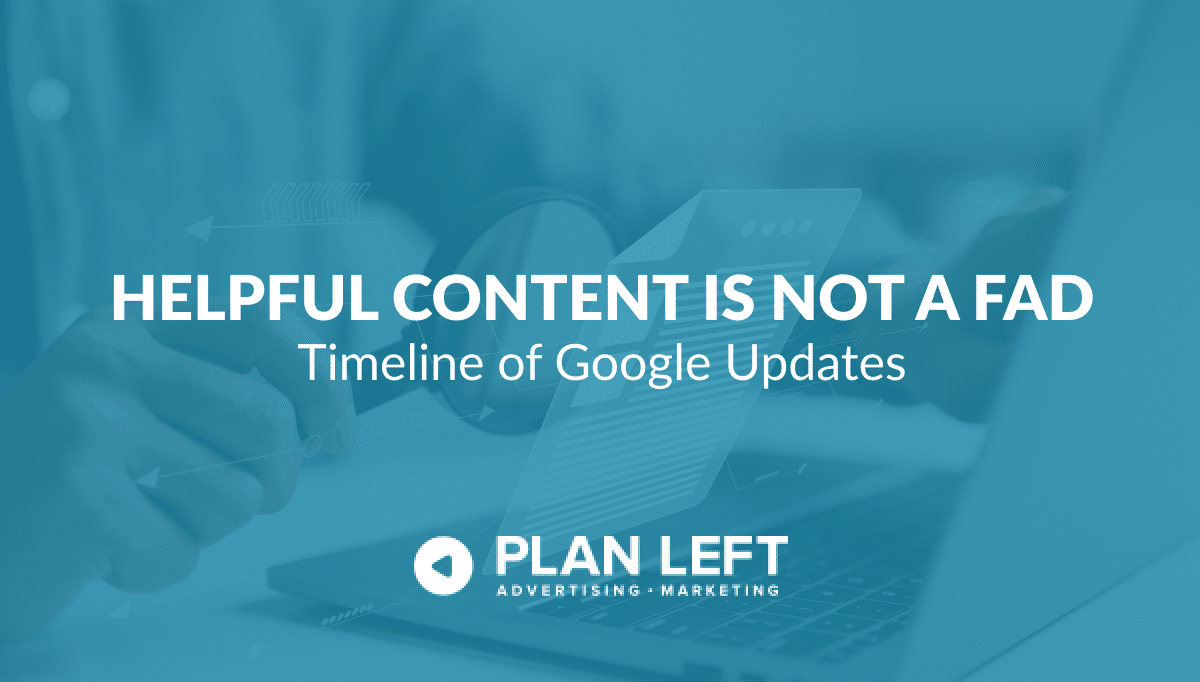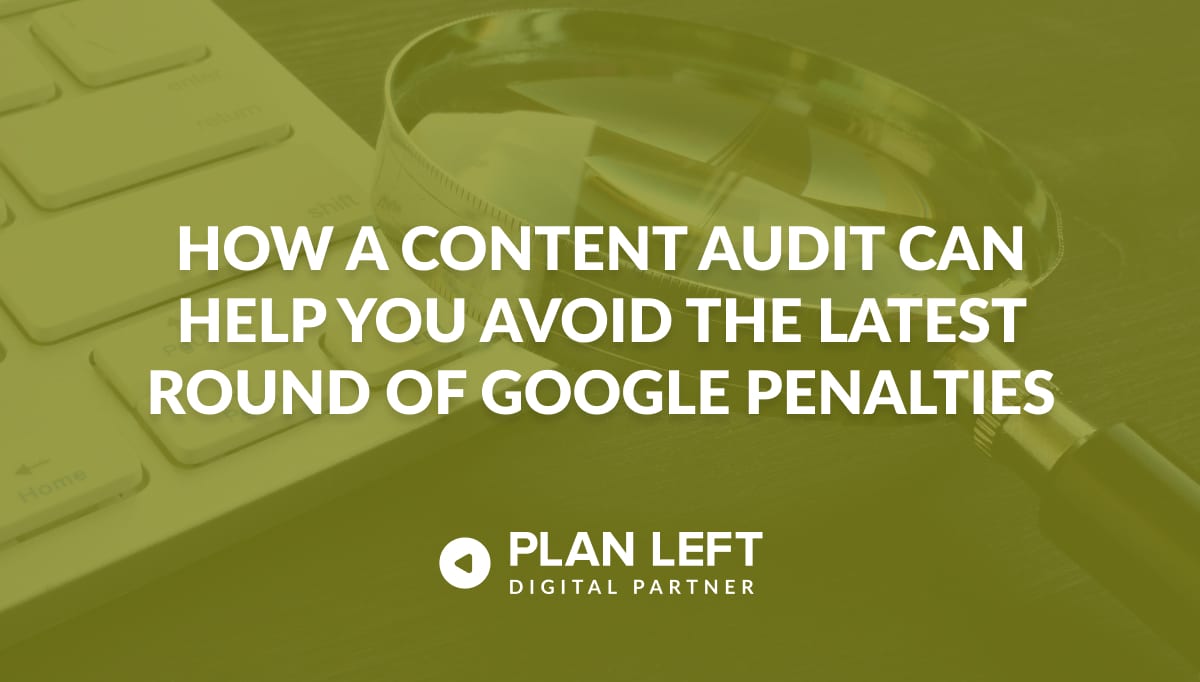
Updated Content on 7/05/2023
Thirty years ago, digital marketing was just a dream in the face of advertising monoliths like television and print media. Fast forward to 2023, and the digital marketing industry has reached a value of over $320 billion.
Digital marketing has come a long way since the 90s. Back then, it was all about banner ads and basic search engine optimization (think keyword stuffing and a horrendous number of backlinks). But as technology advanced, digital marketing had to keep pace. Today, it’s all about creating personalized, engaging content. Social media is king- especially video platforms.
From the birth of the internet to futuristic AI technology, let’s look at a brief history of digital marketing: if you want to really know something, you must know its past.
The History of Digital Marketing
The internet has completely transformed the way businesses approach marketing. Before the personal computer was introduced in the 80s, advertising was limited to traditional media channels like print, radio, and television. The rise of the internet opened up a whole new world of possibilities for marketers- but it took a little time to get where we are today.
In 1994, the digital magazine HotWired created the first online banner ad, setting a precedent for the tacky ads that characterized digital marketing throughout the 90s and early 2000s.
The digital marketers of the 90s quickly explored what these display ads could do, implementing targeting tactics that would only become more personalized as the years went on (think how personalized TikTok’s algorithm is now).
Paid search took a lot of trial and error to get right. Good ol’ Google debuted in 1998, rising to fix the issue of irrelevant search results from the highest bidders. Google solved this problem by releasing Google AdWords in 2000 with a pay-per-impression model. As with all digital marketing platforms, AdWords has transformed to meet changes in consumer behavior over the years.
Enter the mobile phone. Today, mobile phones are the primary device for accessing the internet, accounting for almost 60% of web traffic. Mobile optimization is crucial in website design because businesses want to ensure their websites are friendly for mobile users.
Mobile apps have also become an everyday marketing tool (who doesn’t have the Starbucks or McDonald’s app at this point?), allowing businesses to engage with their customers through push notifications, in-app messaging, and personalized offers. Location-based marketing is also a big tactic today, enabling companies to send targeted messages to users based on their geographic location.
What’s next in the future of digital marketing? Artificial intelligence. Companies are using AI-powered chatbots to provide personalized responses to customer questions in real time. Machine learning algorithms can create more targeted advertising campaigns by analyzing user data to determine the best ads to show to specific audiences. AI is even automating social media scheduling, content creation, and email marketing.
This automation saves businesses time and resources, allowing them to focus on other critical areas of their operations. But it doesn’t mean AI is replacing human marketers – not even close. AI has plenty of limitations, as the technology only pulls from existing information. It can’t come up with new ideas or fresh perspectives. Plus, it’s still flat-out wrong some of the time.
AI is the future, but we don’t know yet what that future will look like. Instead, we can focus on the tactics that we know are working right now.
How have businesses’ and consumers’ online behaviors changed as technology has evolved? We dug up some interesting stats to showcase these changes in hard numbers.
What Do the Numbers Say?
- In August 2010, 40% of US companies used blogs for marketing.
Today, 73% of marketers use content marketing as a marketing strategy. - In 2011, revenue for advertisements on digital sources was $31.99 billion.
In 2023, digital advertising spending will reach over $670 billion. - In 2011, 35% of American adults owned smartphones.
In 2021, 85% of American adults owned smartphones. - In 2011, advertising revenues on mobile sources were $1.45 billion.
In 2021, mobile advertising spending was almost $280 billion. - In the first quarter of 2012, Facebook reported 900 million worldwide users.
In the first quarter of 2023, Facebook reported 2.99 billion worldwide users.
The rise of digital is undeniable. It’s safe to say that digital marketing will continue to change rapidly in the years to come. From augmented reality to AI chatbots to voice search, early-stage technologies will become the norm, and marketers will discover brand-new tactics.
Marketers should never stop learning and researching. The ever-evolving media and marketing landscape is one always to keep growing with.
If you want to keep up with digital marketing trends, Plan Left can help. We have years of experience in marketing, so we know how to jump on new tactics as soon as they come around. If you’re curious about fresh trends like voice search and SEO, reach out to us anytime.
Explore Latest Posts
Google says the quality of your webpage is a ranking factor, but what is ‘quality’ according to Google? That would ... read more
April 19, 2024
In 2011, Google first changed how content was written with the Panda Update by changing how keywords could be used ... read more
April 17, 2024
The latest Google algorithm changes have shaken the search marketing world. While the Google Spam update has finished, the Google ... read more
April 16, 2024
MARKETING insights
Join the Thousands Who Receive Our Twice-Monthly Newsletter.
It's hard to keep up. Our newsletter is packed with buyer behavior insights, the latest marketing and technology updates, work/life balance tips, and—because we ❤️ our support staff—adorable pets looking for forever homes. Only twice per month. No clogged inboxes. You can't say no.




